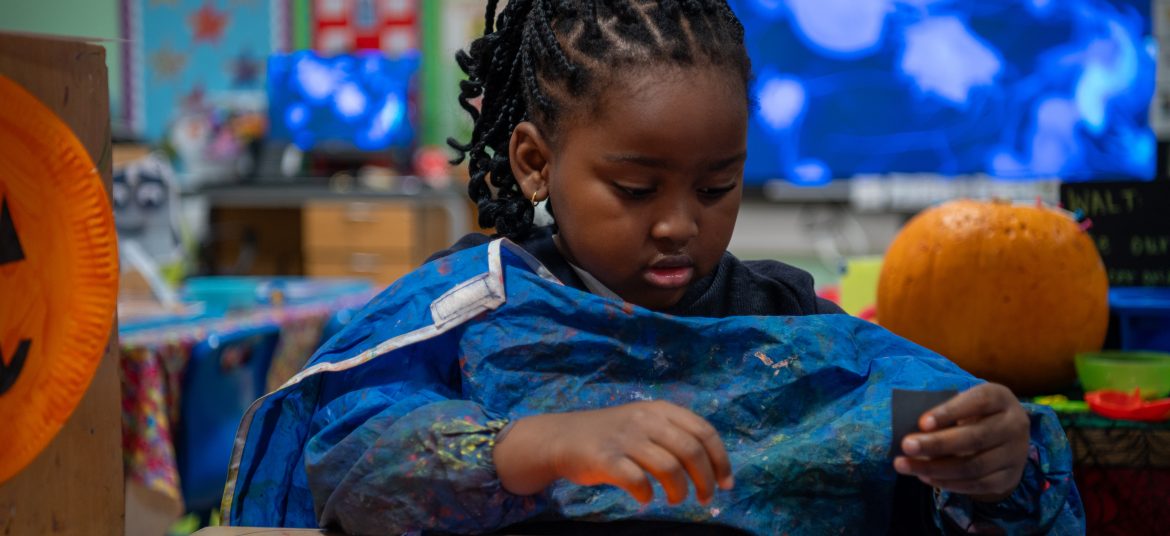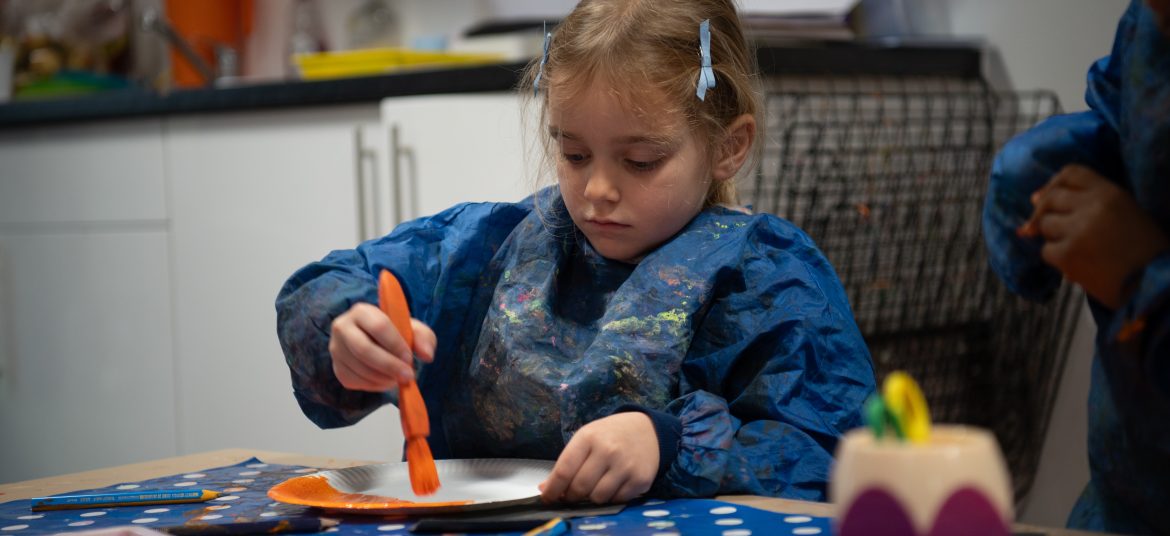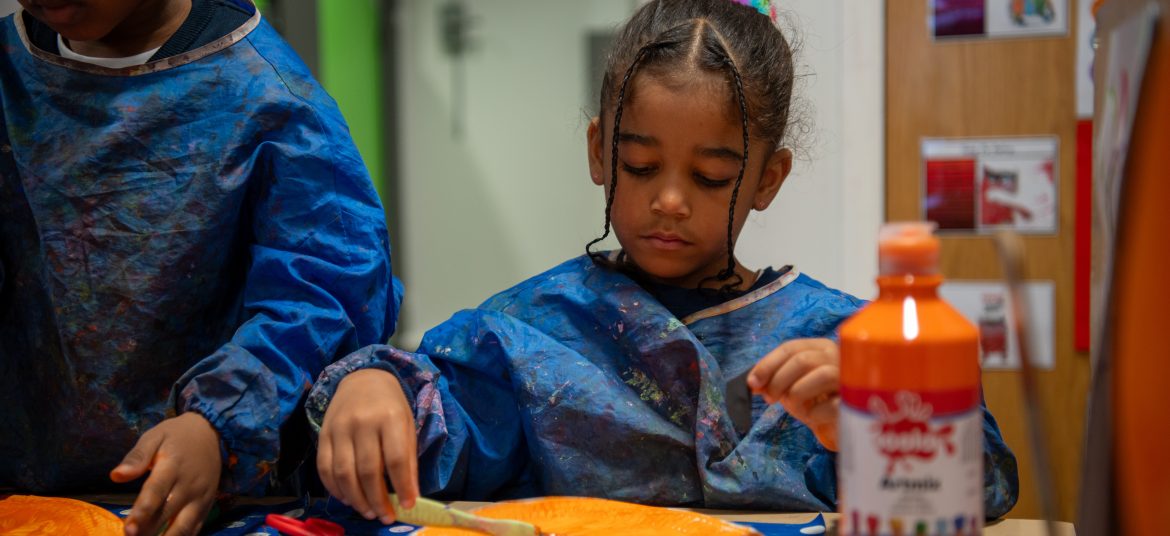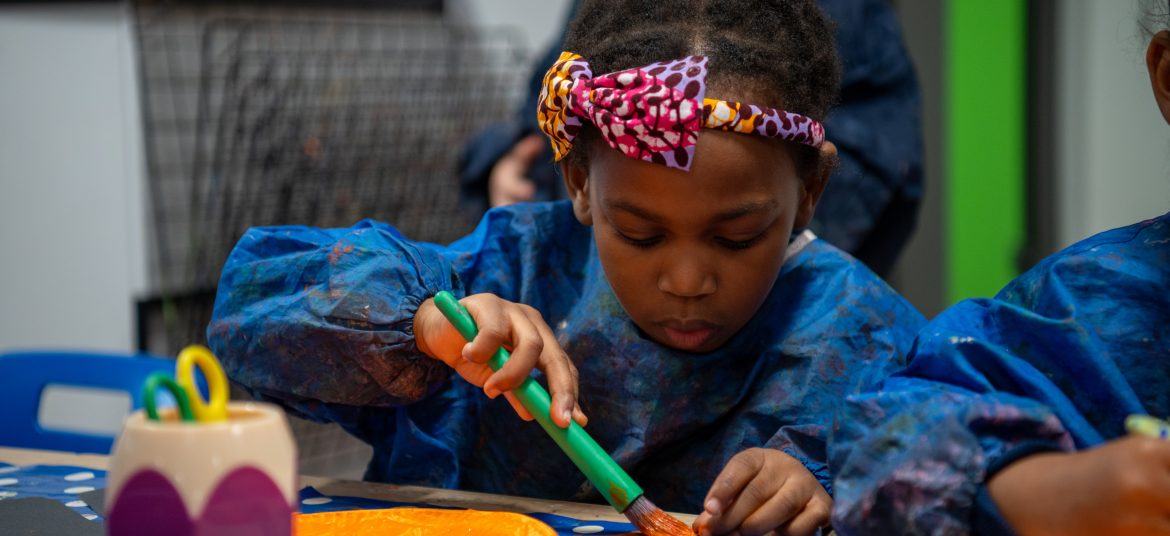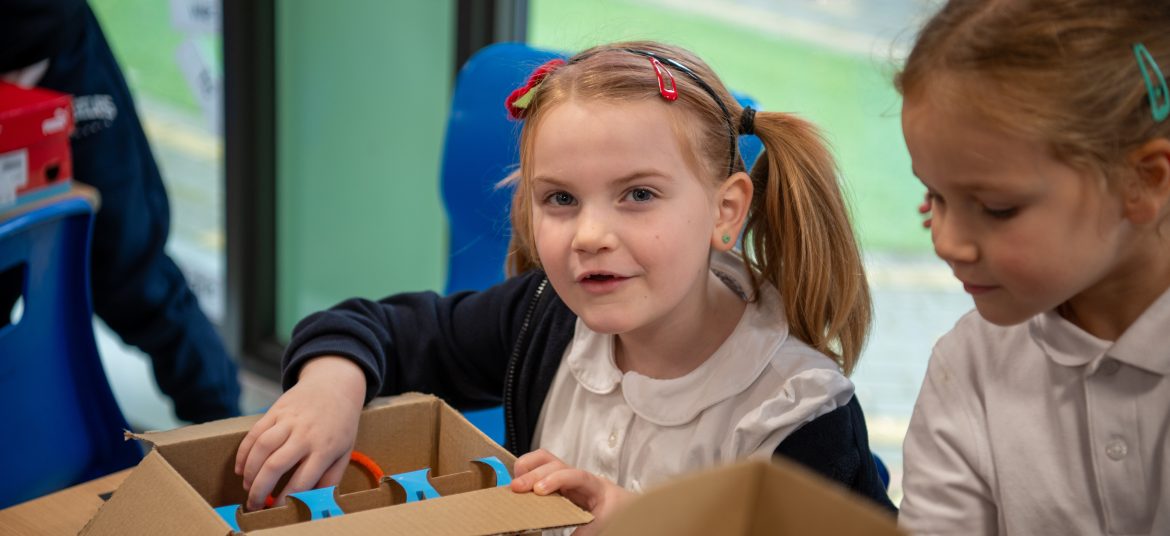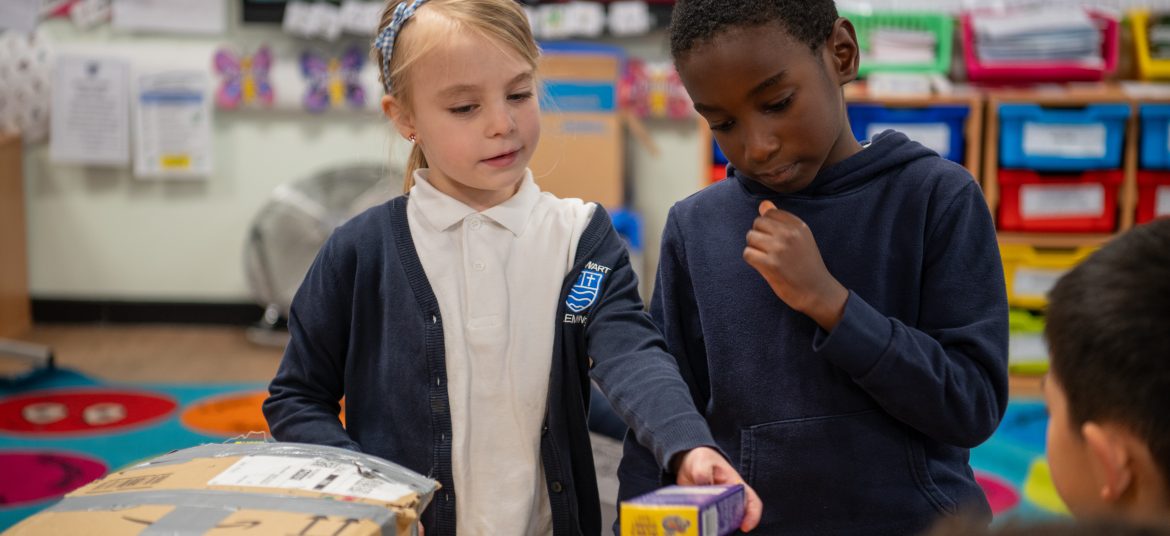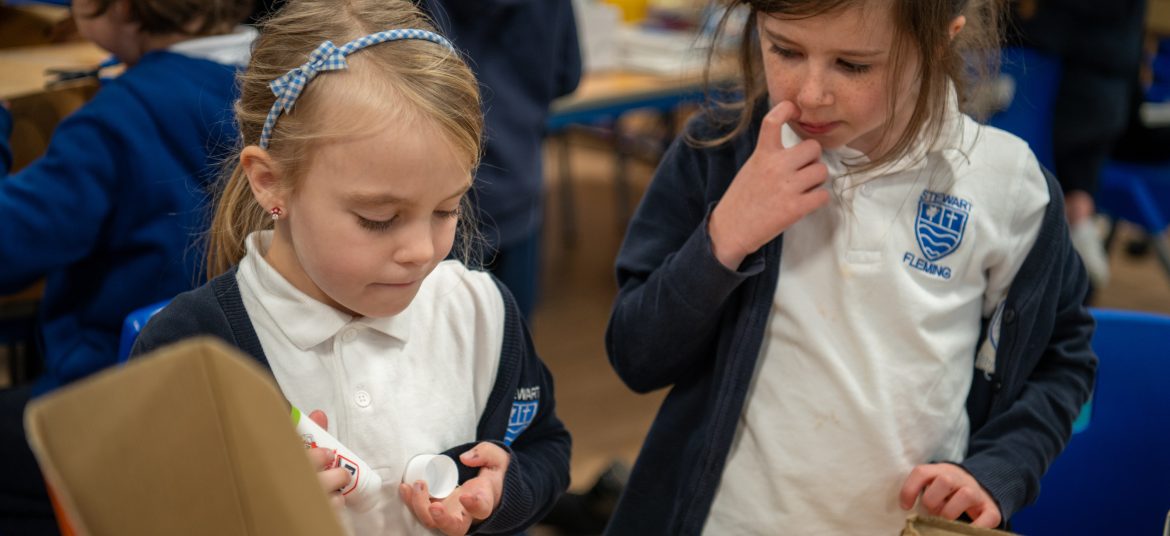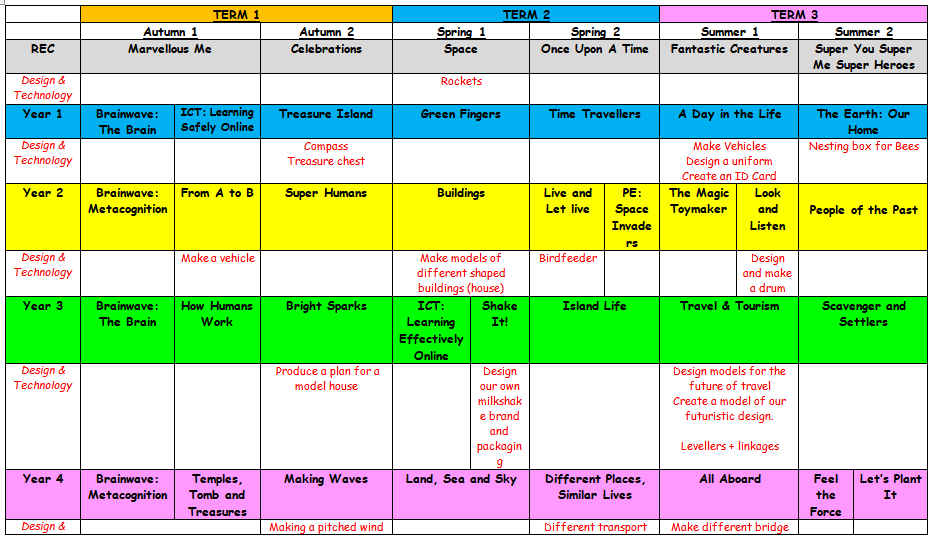At Stewart Fleming all pupils love DT! It is our intent to offer all pupils the opportunity to become creative learners and have the experience to design and create their own projects through a range of creative and practical activities. Throughout this process children will acquire the appropriate knowledge, understanding and skills needed to engage in the process of designing and making a range of projects across the year making appropriate cross curricular links.
At Stewart Fleming Primary School we are committed to inclusion in all its aspects and ensure that all children, regardless of ability, race, gender, culture, SEN or disability, are given appropriate opportunities to access learning. In order to achieve this, we provide a differentiated learning environment and, where possible, additional support. (See also our Equality/SEN/Inclusion Policies.)
Effective learning opportunities are provided for all by;
- Offering all DT activities to both boys and girls
- Setting suitable learning challenges by differentiating tasks when necessary
- Responding to children’s individual learning needs when necessary, this may include providing individual adult support
- Challenging the more able in DT as they are in all other subjects
Design and Technology projects that have been created by all abilities are celebrated in displays around the school. At Stewart Fleming Primary School, we believe displays can and do, have a direct impact on pupils’ learning. Although one of their purposes is to make the classroom and school environment brighter, we believe displays should never be merely decorative.
Their primary aims are to:
- Stimulate
- Educate
- Motivate
- Celebrate.
Curriculum Implementation
To ensure high standards of teaching and learning in design and technology, we implement a curriculum that is progressive throughout the whole school. Design and technology is taught as part of either a half termly or termly topic, focusing on knowledge and skills stated in the National Curriculum.
At Stewart Fleming all year groups participate in at least three DT projects per year. This includes a sewing project, a modelling project and a food technology project. Class teacher also plan and implement one DT lesson every half term and incorporate these lessons into a Foundation subject for cross curricular links. Part of the DT process is to plan in detail, create and then carefully evaluate. Children are taught these valuable skills from Year 1 onwards.
The structure is as follows:
- DT is taught either in blocked weekly sessions or in a condensed two or three day time frame where appropriate
- Each term children will experience an evaluation task, preferably of an existing product or process, a series of focused practical tasks which will develop the skills necessary for the children to carry out the D&M task (Designing and Making). This might be looking at actual existing products or researching products via computer search engines.
- The emphasis in Reception is for children to be encouraged to examine and talk about everyday objects and give possible reasons for why things are made the way they are.
- They will also be given opportunities to handle and use a wide range of materials, developing their knowledge and understanding of these through practical design and make activities.
- There will be more teacher direction within design and technology activities within the reception class but this support will decrease as children move through key stages 1 and 2.
- During their experience of DT the children are introduced to a variety of contexts including; home, recreation, industrial and community.
- Opportunities are provided for each child to experience construction/model making, graphic media (ICT), textiles and food technology.
- Opportunities will be made each year to celebrate achievement in DT as a whole school community, either through DT assemblies, DT displays and presentations or whole school DT curriculum days.
Curriculum Impact
Teacher assessment is used to inform future planning and to review children’s capability. Children are encouraged to peer and self-assess their work in technology throughout the key stages. When evaluating their own work, children should refer to the design criteria established in the design brief as their basis for deciding on how good their product is. On an individual lesson basis, pupils can assess their progress against the ‘steps for success’.
Teacher assessment is both verbally and in sketchbooks by using positive comments and an improvement opportunity in line with the Progression of Skills Criteria. This evaluation contributes to the end of year written report.


